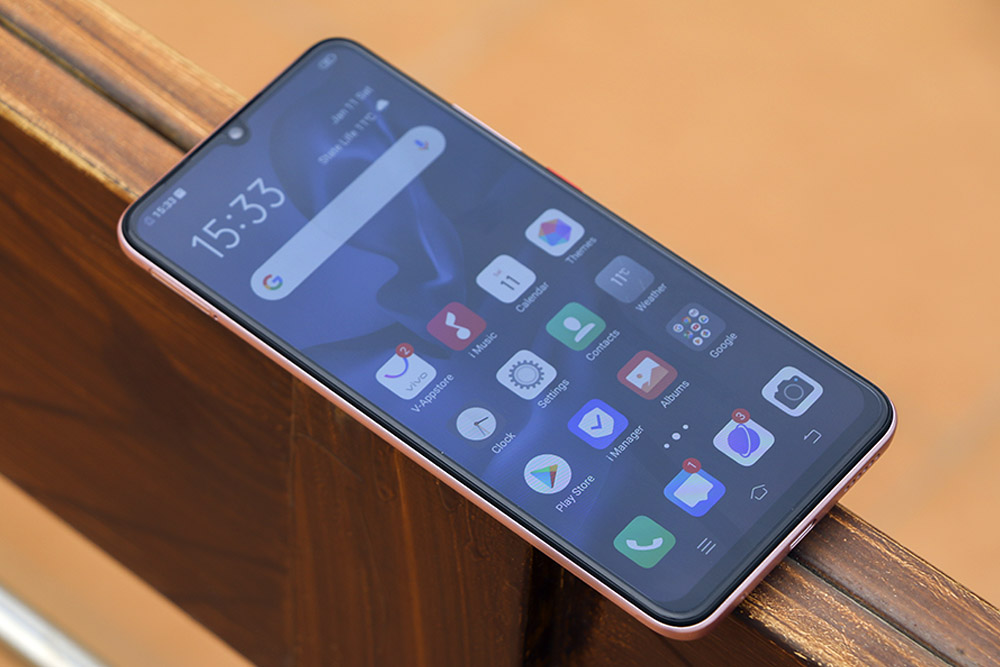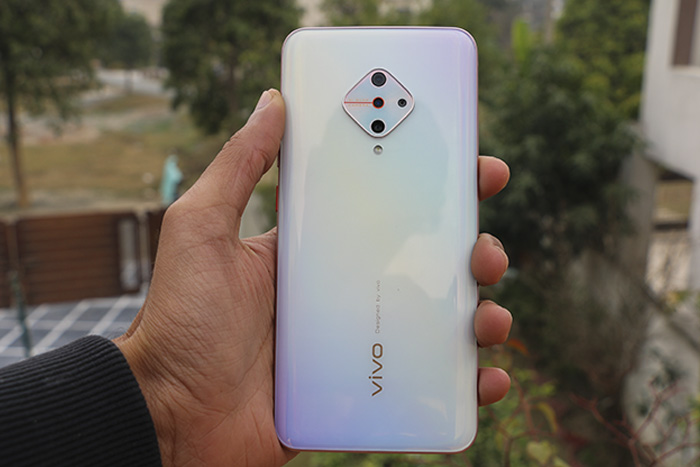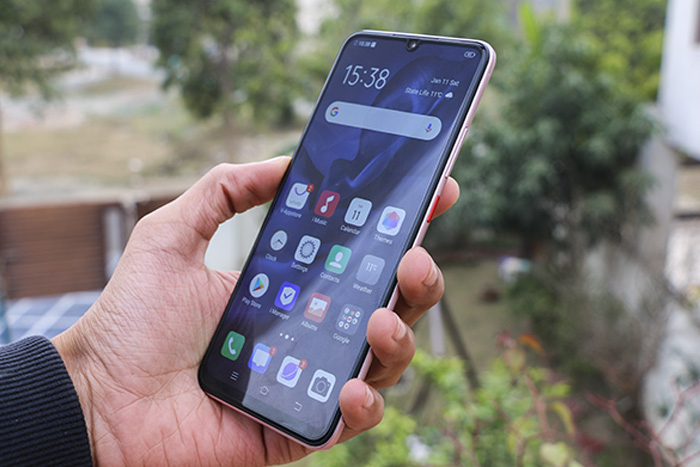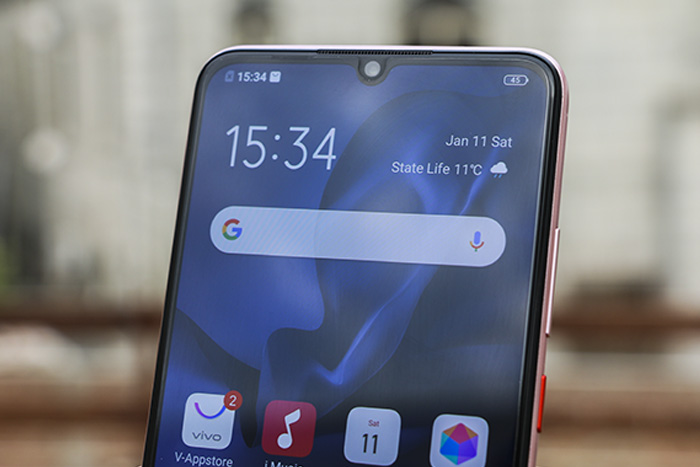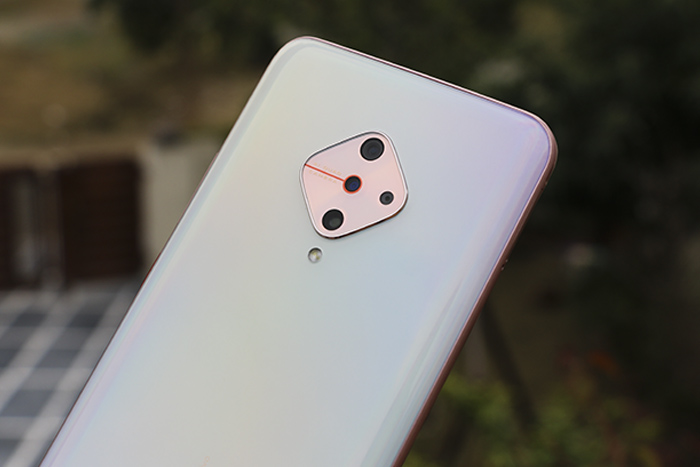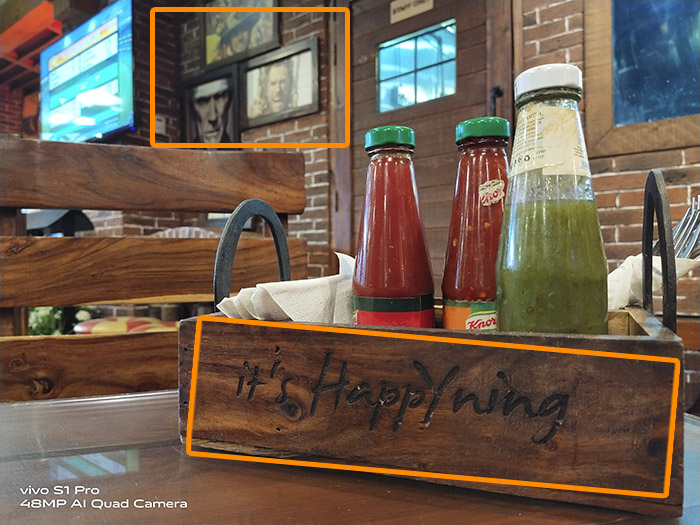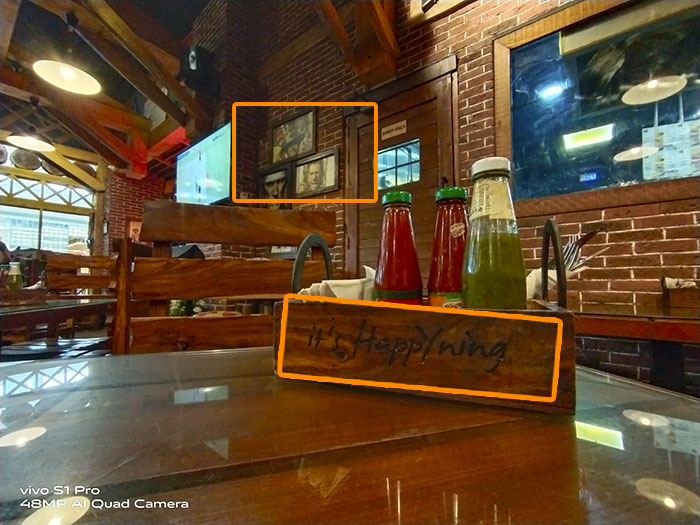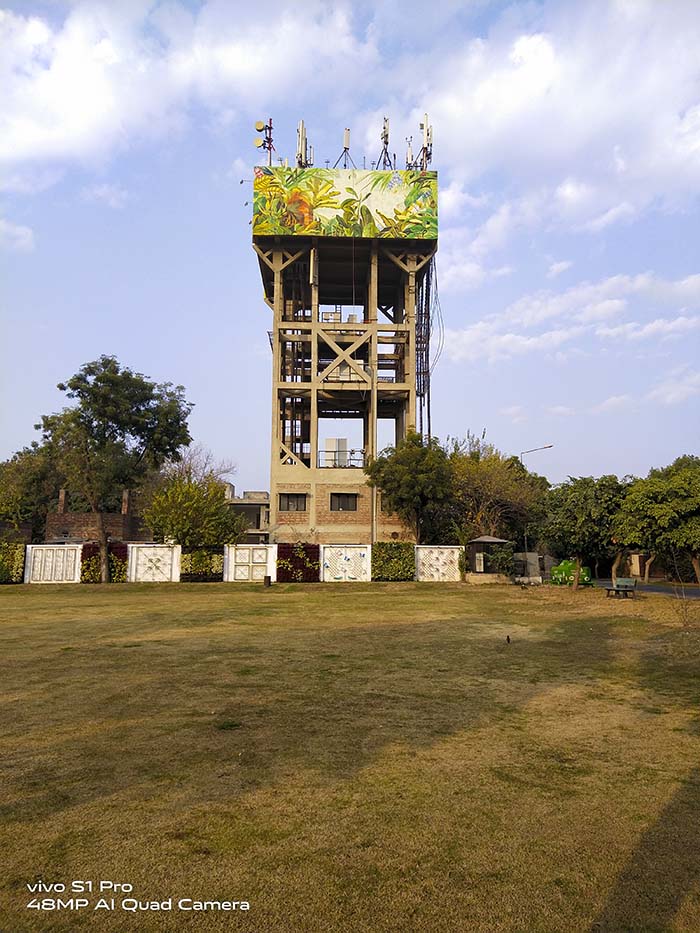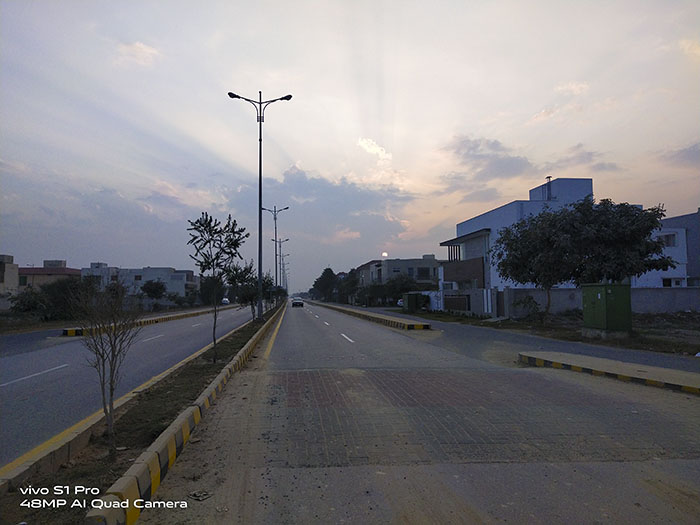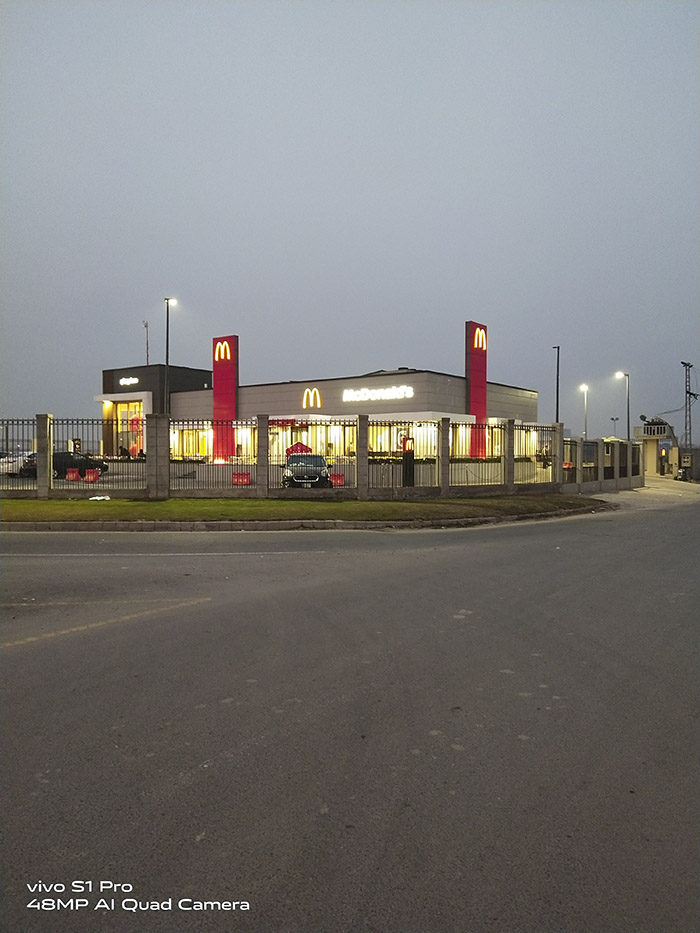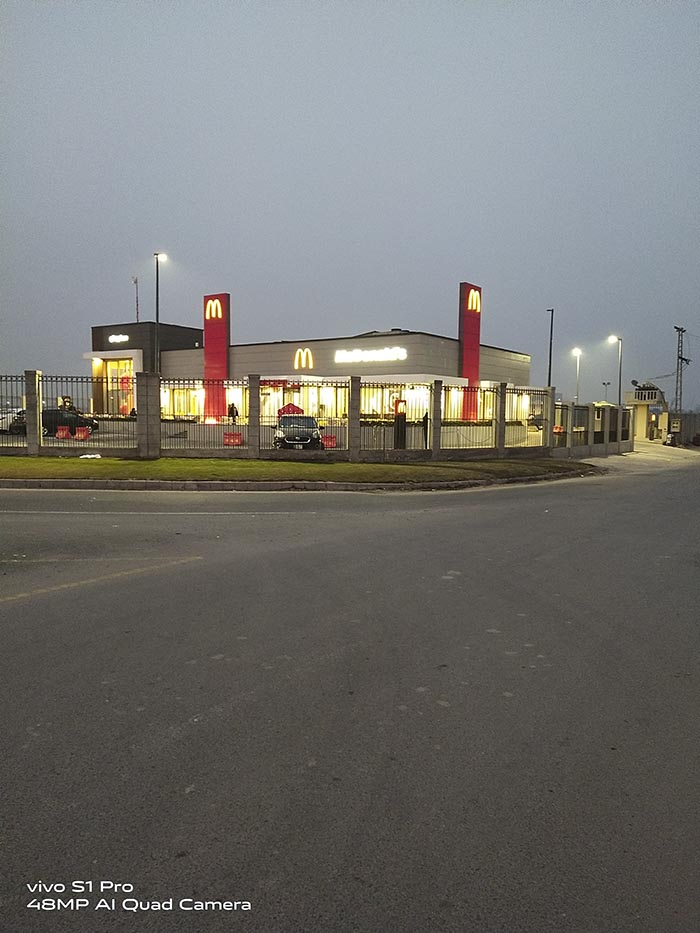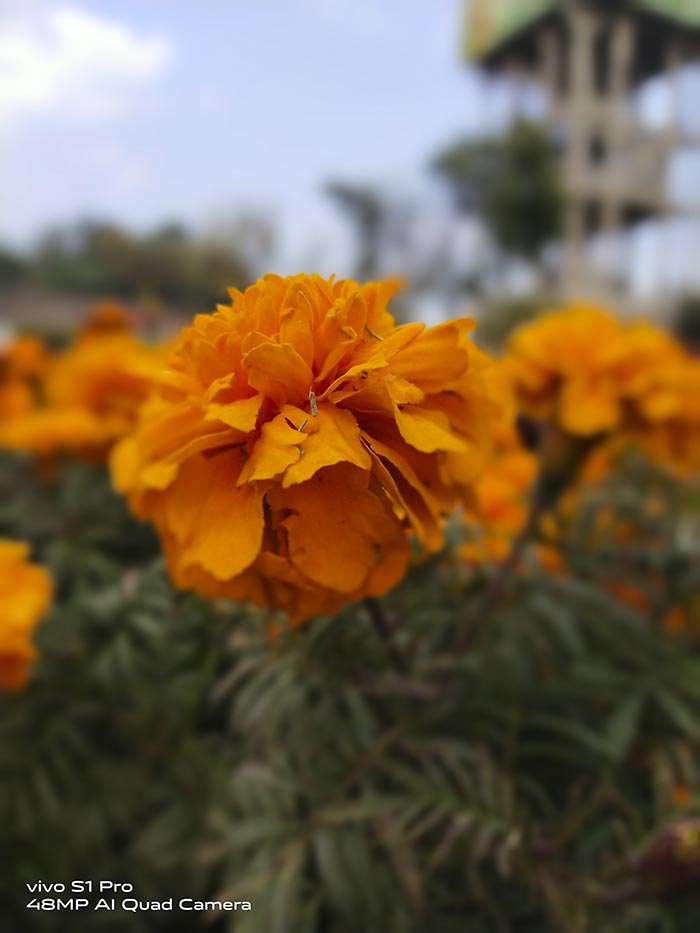We have waited quite a bit for the Vivo S1 Pro ever since we laid our hands on the standard S1 version more than five months ago. We have some good memories of the phone for its fantastic battery performance and beautiful design.
This higher version shares a few similarities with S1. Still, overall, the Pro looks much better in specs, and the primary being the quad-camera setup and a different design language that is miles different than the younger sibling.
Vivo has put a diamond-cut camera panel on the rear side that gives it a unique look.
By design, the S series is a combination of style and smartness. Does it hold true for the S1 Pro? Let’s find this out in the following paras.
Vivo S1 pro Specs
- Display: 6.38 inches AMOLED
- OS: Android 9.0, Funtouch 9.2
- Chipset: Snapdragon 665
- RAM/ROM: 8GB/128 GB
- Camera (Rear): 48MP + 8MP + 2MP + 2MP
- Camera (front) : 32MP
- Battery: 4500 mAH
Design and Display
With the advent of the S series, Vivo has touted the phones (both S1 and S1 Pro) for their state-of-the-art design language that makes them a head-turner.
In line with the smaller variant, S1 Pro also uniquely boasts an attractive rear design featuring a quad-camera set up in a diamond-shaped panel that juts out a little and is inspired by the designs of jewelry and royal palaces.
All four lenses sit inside except for the LED flash placed a few millimeters down the cameras.
Vivo opted to go with glass for the rear that is curved from both sides and meets with a little matte-finished aluminum frame that is the reason for a firm grip around the phone.
Despite this aluminum and the glass and even the fourth camera sensor, Vivo has successfully kept the weight around 186.7 gm, only 7 gms higher than S1’s 179 gms.
As usual, the glass surface is prone to smudges, but they are less noticeable on Dreamy White color that has this tendency to refract rainbow shades when the light falls on it.
Like many of Vivo’s mid-range phones, S1 Pro also features an AMOLED screen of 6.38 inches, 1080 x 2340 px resolution, and 404 pixels per inch density that produces a crisp display. The icons and text look sharp, and the colors are punchy, which can further be altered from the screen color (Display and Brightness) menu from the setting area where out of three color modes, two – standard mode and bright mode – look almost similar in result.
The normal mode applies somewhat natural colors across the screens, turning them less vivid. Additionally, color temperature can also be increased or decreased from the very same menu that only works if the ‘Eye Protection’ feature is inactive.
The display works brilliantly indoors but degrades a little in the outdoors that is felt more while watching movies and videos with darker scenes. Side viewing angles are nothing much to worry about except for a marginal blur that we noticed at an extreme angle, which is neglectable.
Apart from the display quality, Vivo S1 Pro shows slightly bigger bezels on the top and bottom, which are significantly thinner on the sides. The notch is smartly put in the middle, housing the front camera. It does not feel like an intrusive element; however, you can do away with it from the setting area for some specific or all apps, but its presence or absence does not affect this mega screen display.
Also Read: Vivo S1 Pro 15 Trips and Tricks; Funtouch Tutorial
Performance and Battery
Vivo S1 Pro uses a Qualcomm Snapdragon 665 under the hood that gets graphic support from an Adreno 610 GPU and 8GB of huge RAM to help keep things going faster. For storage, the phone comes with a single memory option of 128GB that is further extendable up to 256GB through a micro SD card.
We found the same processor on Oppo A9 2020 and Redmi Note 8, but Vivo S1 Pro shows a better performance than both of the old fellas.
On Geekbench 5, S1 Pro scored 313 for single-core and 1260 for multi-core, while on AnTuTu, it got 181,778.
On the other hand, Oppo A9 2020 and Redmi Note 8 reached 133,490 and 177,451, respectively, on AnTuTu.
The phone can play PUBG on HD settings, but Call of Duty can go to a ‘very high’ graphics option. We noticed a slight lag at the time of switching apps during a half an hour-long gaming session, which is very much expected on this middle-level processor.
Vivo S1 Pro comes with a non-removable 4,500 mAh battery along with an 18W charger and fast charging support. While testing, it took 1 hour and 58 min to refill the battery from 0% to 100%.
Just like the Vivo S1, we found the battery performance to be impressive. It took 19 hours and 14 mins for the battery to drain completely in our video loop test.
On average, it can consume 14% of the battery in an hour of intense multitasking.
If you are interested in watching our complete battery test and how much battery the device drains to 4G mobile data, see the Vivo S1 Pro battery test video.
Camera
Vivo S1 Pro is a visible boost from standard S1. The triple camera has been transformed into a quad-camera setup. 48MP primary lens with an aperture size of f/1.8 takes the lead. The rest of the lenses include an 8MP ultrawide sensor, 2MP dedicated macro lens, and 2MP depth sensor.
You can watch our detailed camera test in the following video as well.
A 32MP selfie lens does the job in association with several AI-based beauty filters on the front side.
The default camera app has been improved since the last few OS updates, but it is still a beauty mode-obsessed app that hovers around a plethora of AI options.
As usual, you get all the modes at the bottom; swipe left and right to select one. ‘More’ menu on the extreme right leads to the dedicated AI 48 MP mode and a few others, including Pro, Slow-Mo, Pano, Live Photo, Time Lapse, and Jovi.
Vivo S1 Pro takes 12MP shots in the standard mode rich in colors, and the details are decently registered. The contrasts are handled nicely, and the noise level remains well under control. The AI comes into action by default, which is the cause of punchy colors that look even sharper on the AMOLED screen of Vivo S1 Pro unless projected on a bigger screen where output appears more grainy.
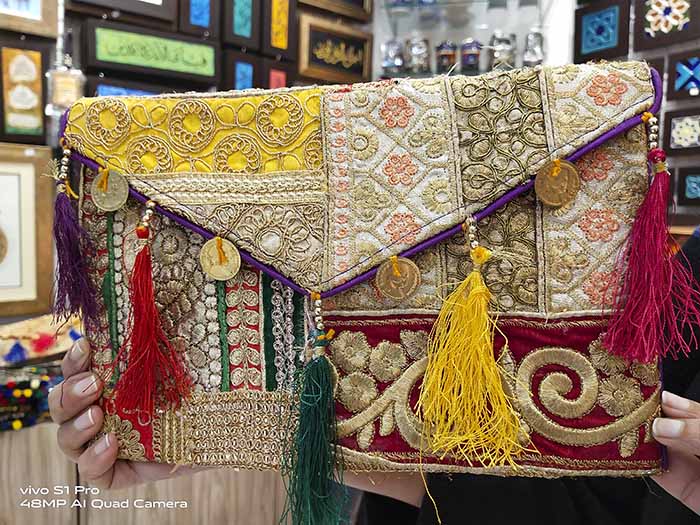
Overall, the results are excellent in a good light. However, a bright sunny day increases the challenge for the camera that falls short of skills sometimes.
Under the midday sunlight, color saturation increases, and exposure goes up, which also causes loss of details in most places where the light falls unevenly.
Even if you take a shot in a little shady area, the grains are very noticeable which is otherwise less obvious in the 12MP mode than the rest of the modes.
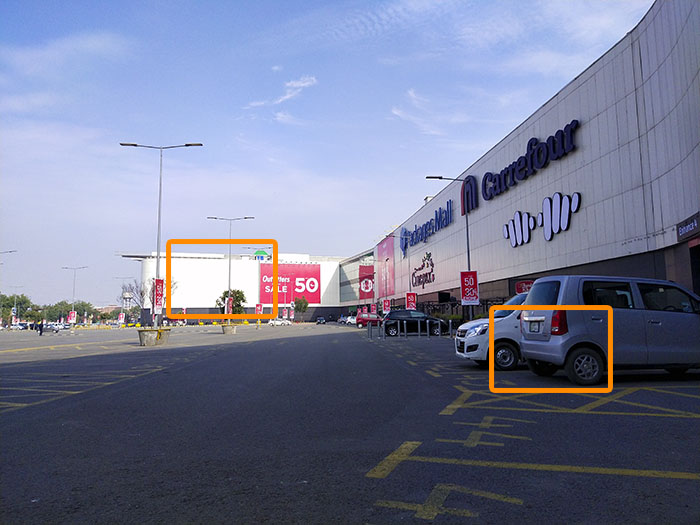
The 48MP dedicated mode captures relatively more details out of the same scene; the colors are more on the natural side as compared to the 12MP default. It also corrects the bluish tilt that standard mode adds to most of the images.
The 48 MP mode does not allow zooming in, but it does the autofocus. It tries to make pictures sharper but gathers more noise in doing so, which is very noticeable on the smaller screens as well.
S1 Pro allows the 2x in the standard mode that looks almost similar to the 1x result, and surprisingly, no loss of detail is visible. We are not sure if it uses the 12MP format or crops the 48MP image; however, the results are very acceptable.
The phone offers an ultrawide angle mode that gets activated from a menu that slips out when a small toggle key is pressed in the standard mode at the bottom right area. The mode extends the frame size to 120 degrees and grabs more area than what standard mode can catch, but it happens at the cost of valuable details.
Albeit, AI fights to compensate for the lost details by increasing saturation, but it gives a more artificial look. We noticed that the 8MP wide-angle lens treats light source better by controlling the flare than a 48MP primary shooter, which is strange.
In low light, the standard mode does not seem to carry the same strength it shows during the day shot. Nevertheless, we can see some decent shots with reasonable details at the cost of noise that is higher than day shots. The colors look vivid, and the contrast level is within acceptable limits. The same is not true as the low light changes into the night; the loss of details increases, lens flare against light source is more common in the pictures.
The 48MP mode does not help either. It grabs more light than the standard mode but brings in too much noise, and the loss of details is more than the standard 12MP. It is a bigger size image with comparatively lesser details.
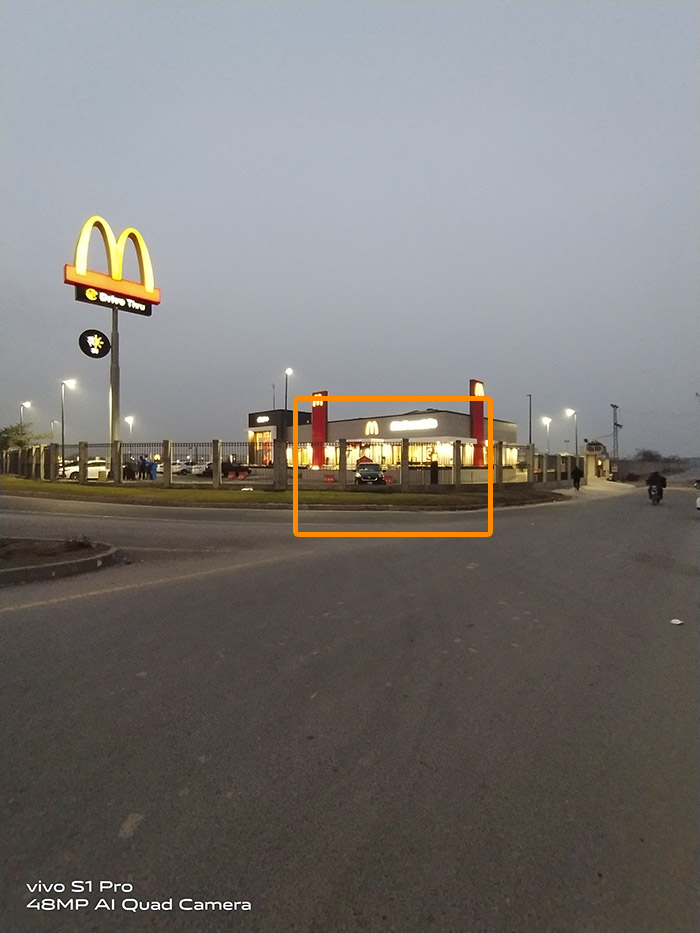

The wide-angle lens is more of a formality for the low light and night shots. The pictures lose dimensions as they look flatter and washed out with unacceptable details.
Vivo S1 Pro comes with 2 dedicated lenses, each for bokeh and super macro mode. Both of them do the job reasonably well but need a little more practice to maintain the required distance from the subject. Bokeh shots are excellent in detail, and the subject mapping nicely happens in the daylight, the low light and night shots show less than desired details and inconsistent subject detection.
Super macro is only an in-trend feature that needs a real effort from the smartphone industry before it gets matured, and it looks similar in S1 Pro. The day shots are colorful and sometimes impressive, but low-light pictures are below average in results.
S1 Pro is good with HDR which is really able to show a major difference with the backlit subjects. The above shots can show a reasonable difference.
Daytime portraits from the S1 Pro appear good with vivid colors. Skin tones are rightly shown; however, faces seem a little on the softer side. Vivo’s beauty modes are quite aggressive, and with the help of filters, you can blur the backgrounds. Edges of the subjects are well separated from the backgrounds, but sometimes artifacts can be noticed around the edges of the subject.
Portraits at night are lesser in detail, the noise level is higher, and subjects look merged into the background.
With a 32MP lens, S1 Pro can shoot really great selfies with amazing facial details and skin tones. The background blurs technique is spot on, and the colors look punchy. However, the night selfies are good without flash, although the loss of details on the faces is noticeable, photos are quite acceptable.
Verdict
Vivo S1 Pro follows standard S1 in many ways, but the Pro version maintains its own identity. The display is amazingly suitable for all kinds of content, and the phone’s ability to process most of the tasks is worth praising, if not the best in this price category. Vivo has improved the software part, but its primary selling feature is the quad-camera and long-lasting battery life that has also become the hallmark of Vivo phones.
We found it really ahead of Oppo A9 2020 and Redmi Note 8 regarding performance and battery life. Its camera performs well in the day, but we are a little skeptical about its performance in the low light.
For photography lovers who want an exceptional camera in this price category, do checkout Xiaomi Redmi Note 8 Pro as well.

